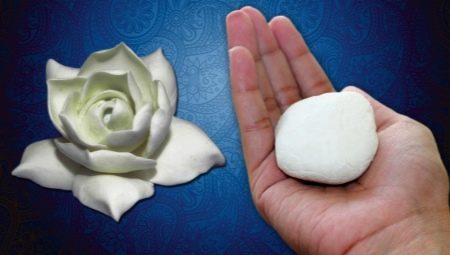Cold porcelain was liked by needlewomen for ease of use. It is really easy to use, convenient and relatively economical (if you calculate the cost of components). It is noteworthy that the sticky mass for crafts can be done with your own hands. Most often, the future cold porcelain is cooked in a saucepan, less often the liquid composition is cooked in the microwave, but there is also a simpler option - cooking without cooking.
Classic recipe
The concept of convenience is relative: many craftsmen really like to create plastic mass without heat treatment, so as not to come into contact with the stove, not to create an extra risk of getting burned. But not everyone will like cold porcelain without cooking, someone notes an unusual result, someone says that working with cooking is more interesting and production control is better. How to do it for you can only be decided empirically.
To make the mass, you will need:
- starch (corn or potato) - 2 tablespoons;
- petroleum jelly - 1 tablespoon;
- baking soda and glue - according to the situation.
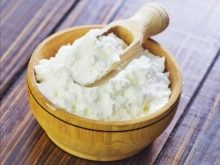
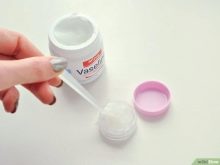
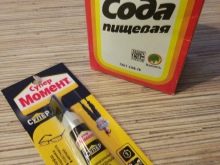
So, in a dry container you need to pour starch. Vaseline is usually heated in a water bath (which already slightly contradicts the recipe without heat treatment, but this item does not apply to the preparation itself). Softened petrolatum is sent to the starch, a little soda is added there and the composition is mixed to a state in which there will be no lumps. Then little by little you need to add PVA glue.
How much glue to add, it will become clear in the process of mixing, the material should become homogeneous.
There is another option for making cold porcelain at home. Instead of PVA glue, you can take wallpaper glue - 1 spoon, the same amount of baking soda and water. Vaseline is added to this composition, all components are mixed. But such recipes are rarely used, because they do not have the main ingredients - neither potato starch nor corn. And without them, the result is not always predictable.
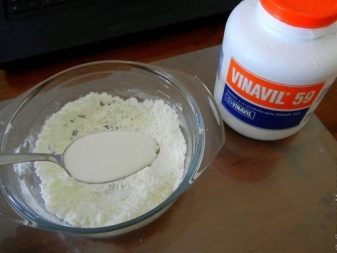
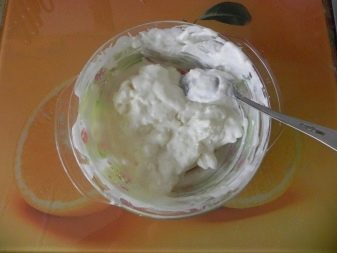

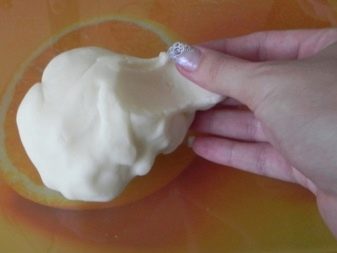
Tips for those who do not cook cold starch
No master class can be called universal. You will have to try several recipes to find the one that suits you. But the trial and error method will not necessarily be long if you already know the following nuances before working with the material.
- If you need to cook exactly white material that does not give off other shades, you should work with corn starch. Potato will give the mass a shade of yellowness, and this option is suitable only for subsequently painted work.
- To give a lot of flexibility, some craftsmen add car plasticizer to the composition.
- If you notice that the material does not hold well, it may be starch. Will have to purchase better starch.
- Wallpaper glue (if you work with it) must include modified starch.
- If the material begins to crumble, add glue - it will return the raw materials to their original state.
Remember to lubricate your hands with a colorless cosmetic cream before kneading. Firstly, the mass itself for porcelain will not stick to your hands, and secondly, you will create a protective layer on the skin.
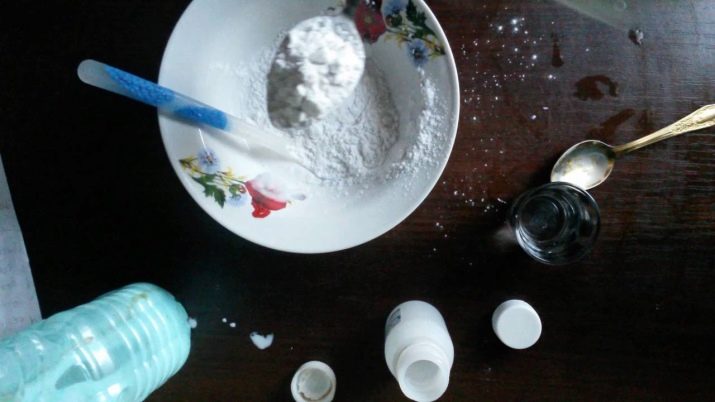
Master class step by step for beginners
If this is your first experience with cold porcelain, each action is new and may lead to an error. In this case, it’s better to work on step-by-step master classes, having previously “done” them in your head. Make sure that you understand the process of making the dough in theory, and then do it practically.
So, for the manufacture of cold porcelain without cooking, the following components are needed.
- Corn starch - sold in any supermarket, is cheap. It is better to buy a new package so as not to worry subsequently for a poor-quality result due to spoiled starch.
- PVA glue. The brand of glue is unimportant, the volume is also, the main thing is that it should contain a plasticizer.
- Hand oil. If at home there is coconut oil - excellent, if there is baby hygiene oil - also not bad. An ordinary oily hand cream is also suitable (the main thing is that it is not colored and does not irritate an obsessive aroma).
These are the main ingredients. Beginners must learn how to work with them, and only then various additives will be used.
And learn to work immediately by eye: this way you will analyze the progress of work, adjust the viscosity of the test. Those who are strictly attached to recipes follow them so blindly that even with obvious deficiencies of the test, they are afraid to adjust the recipe.
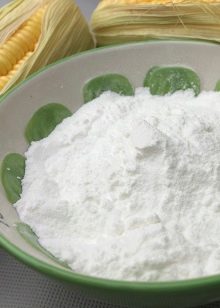
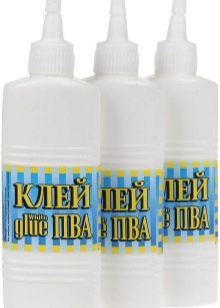
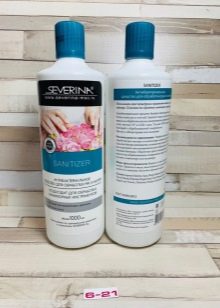
Next we work like this:
- Step 1. You need to pour corn starch into a small clean and dry bowl. Sprinkle on the eye, but let 3-4 spoons be a guide. Then pour PVA glue there. The proportion is as follows: 1 part liquid ingredient to 2 parts dry. Then knead the dough with a wooden stick (pencil, brush rod). The ingredients can be added during the kneading process. The main requirement is that the mass should wrinkle well in the hands.
- Step 2. Do not forget to handle your hands. This can be done in the process of mixing. Coconut oil is ideal, it smells nice and your hands stay protected for a long time. The dough will not stick to your hands; the kneading process itself will be tactilely pleasant.
- Step 3 Many cannot endure to the end and spend literally a minute on kneading. But the stage is not so fast, a few minutes will go exactly on the process of creating porcelain mass. Do not rush - you will feel that it has become homogeneous, plastic, supple and smooth.
- Step 4 You can stain the material directly during mixing. If you leave everything as it is, the dough will be white, but do not expect snowy whiteness.If you need a brilliant whiteness, add white paint to the dough during kneading. It can be acrylic, oil, gouache and even food coloring are suitable.
- Step 5 A very important point - the mass must be stored correctly. Do this in bags or cling film. The main thing is to securely wrap the film or bag so that the air does not approach the test. Otherwise, the mass will dry out. For work, leave yourself a small piece of dough, the rest - in film and in the refrigerator. Many lay out the dough additionally in containers so that it is compactly placed in the refrigerator, without disturbing anyone.
- Step 6 Some masters store the dough at room temperature. And so it is also possible - there is no significant difference between storage in the cabinet and in the refrigerator, the main thing is that the prepared dough does not interfere with you or the household.
- Step 7 Beginners are often disappointed in this type of creativity as soon as they take out the dough from the refrigerator. They unwrap the bag, and they think the dough is starting to crumble a lot. But do not despair: remember the mass in your hands, in the heat it “comes to life” and again becomes plastic and homogeneous. Cold china warms up in just a minute.
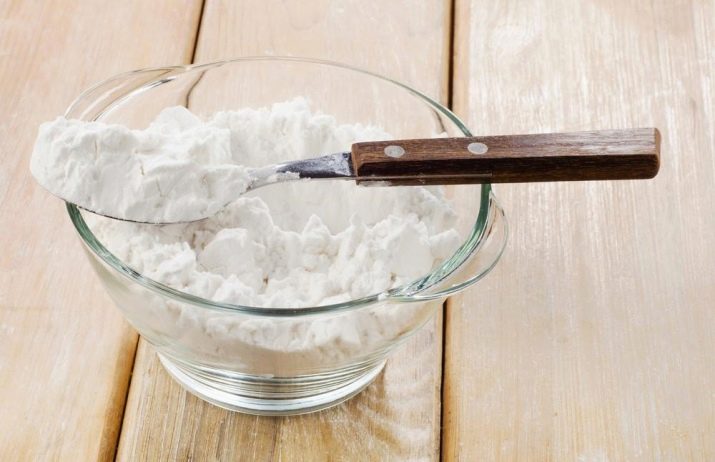
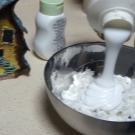
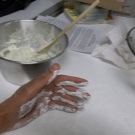
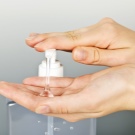
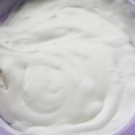
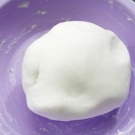
Well, then you can sculpt, and this is a completely different master class.
Common mistakes
Without them, it’s difficult to learn new things, but it’s not necessary to learn from your mistakes every time, use someone else’s annoying experience. Below are 3 common mistakes when working with cold porcelain.
- A little glue, but a lot of starch. If you unfolded a bun of dough from a cling film, and the mass is very tight and it is difficult to pinch off a piece, you overdid it with starch. If pores are clearly visible at the rupture site, this is a trace of unpolymerized starch. If there is a lot of starch, but not enough glue, the dough will be difficult to roll out;
- Unplastic mass. If you started sculpting and found that the plasticity of the mass is at zero, then this is a gross mistake. With such a problem, rolling out will be difficult, and all further work steps are difficult. The fact is that, most likely, you took the glue without a plasticizer. Or even he was in it, but in a small amount (or maybe completely substandard). It is necessary to change the glue, there is no other option.
- Overcook / undercooking. For those who do not cook mass for cold porcelain, there is no risk of stepping on this rake. But whoever decided to try it all the same, really quite often either understates the mass or digests it. The first case is not difficult to fix, the second - you have to redo and analyze why it happened.
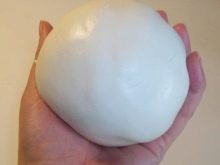
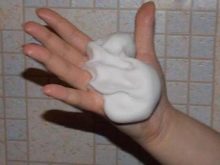
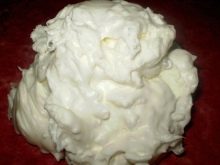
Also, you are not safe from failures if you initially work with baking soda. More precisely, if you decide to add it during cooking. Do not add talc, chalk or kaolin in large quantities. Very often, beginners are in a hurry to go into the status of masters and, having not worked out simple recipes, begin to "conjure" over multicomponent ones. But this requires experience, a certain sensitivity of the hands, "observation".
Although in general, working with porcelain, which does not require cooking, is easier. And many masters who prefer this method are avoided.
They do not put hot material in the refrigerator, do not make mistakes with the time and temperature of cooking, and do not miss the time of adding paint.
But be sure to use copyright tricks. For example, there are masters who do not immediately put the finished mass into bags, but on a plastic board greased with oil or cream. And on this board the material is again kneaded, thoroughly, for a long time, and only then it is sent to packets.
Try and share your findings!
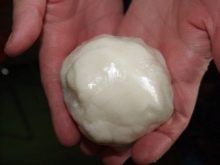
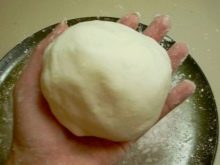
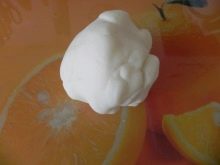
About what features of cold porcelain without cooking exist, see the next video.
